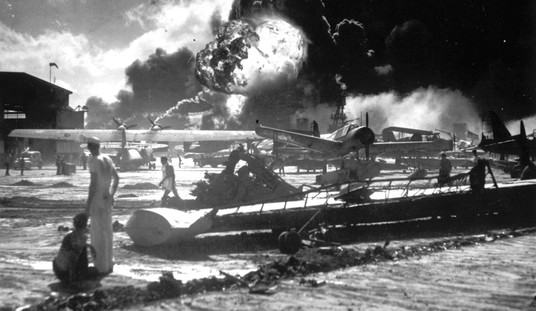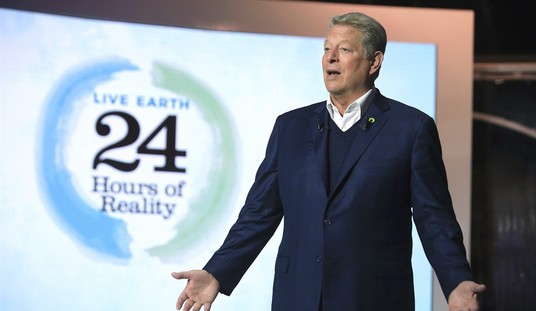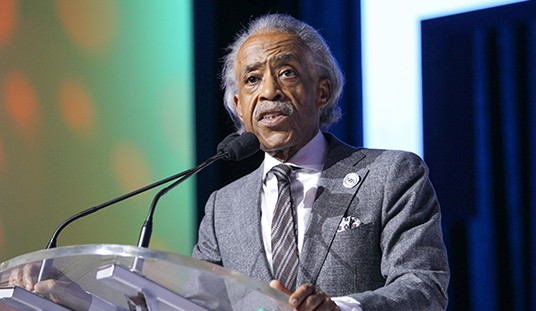Starting back in the early ’60s, Colin McEvedy wrote a remarkable series of historical atlases for Penguin Books. Each covered a particular era and a particular area, usually Europe. And each map was exactly alike — except the borders. And every two-page spread was set up the same way: a map on the right-hand page, and explanatory text on the left. McEvedy’s writing style was that of an avuncular Oxford dean: friendly, warm, and knowing.
Later revisions of his work have more maps, but McEvedy’s words — those wonderful words! — had been tramped down by the boot of political correctness. But used copies of the original editions aren’t too hard to find. I highly recommend them, and still read the whole series every few years.
All of this comes to mind because of the craziness in Boston today, straight outta Caucasus.
To understand why, here’s one of McEvedy’s maps from The Penguin Atlas of Recent History, with “recent history” in his estimation being everything in Europe since Napoleon:

Look closely at the right hand side of the map in Tsarist Russia. There, in the northern Caucasus in the Krasnodar-Maykop region, you’ll see a bit of “Russian” territory indicated by a dotted line. If you can’t read it at this scale, it’s labeled “Unsubdued Circassians.” The territory is within the Russia Empire, but the Tsar’s writ did not run there. “Unsubdued” was how the Russians found the area when they took it from the Turks in the 1820s. And that’s how it stayed until the Soviets really clamped the lid down a century later.
It’s no coincidence that as the Soviet Union began to fall apart in the mid-to-late ’80s, the first violence to erupt was in the Caucasus. It’s a crazy patchwork of ethnicities and religions, everybody with legitimate grievances against everybody else.
We need two more maps to really see it.


Would you like to try and subdue that?
Post-Soviet Russia has been trying to subdue just one tiny bit of it — Chechnya — for two decades now. The capital city, Grozny, was more or less turned to rubble by Russian artillery. That’s the tactic the Russians switched to when they realized they were never, ever, going to weed out all the terrorists, irregulars, insurgents, drug gangs, and all the rest.
Officially, Chechnya has “enjoyed” a pro-Russian government since 2009. Unofficially, McEvedy might be tempted to draw a dotted line around it.
I haven’t even whispered the word “Muslim” yet, but the religious aspect can’t be ignored. It looks like these men were your typical frustrated, radicalized young Muslim males. The one thing differentiating them from, say, the 9/11 hijackers is how long they’d lived in this country, and how Americanized they’d seemed.
I can’t locate the quote, but some historian or military officer once observed that it’s easy to defeat Arab armies, but it’s impossible to conquer Arab peoples. In fact, I’d expand that observation to cover most of Islam. Nobody does insurgency better. And nowhere is that more apparent in the 21st century than in the mixed-up, muddled-up span of Islam stretching from the Caucasus and over the Caspian to Afghanistan and Pakistan’s Northwest Frontier province.
So what happened in Boston? Did a couple young men from Chechnya just suddenly decide after a decade of American life that it was time to blow some people up? Were they hired by al-Qaeda because they were “European” and under our radar? Were they pulling their own version of Columbine — shooting something up for the sake of shooting something up?
Maybe a combination of all three. Maybe a fourth or fifth or sixth option I can’t think of.
Whatever the motive, it looks like there are now small bits of Boston we should draw dotted lines around — unsubdued areas where we-don’t-know-who is plotting we-don’t-know-what. It only takes an apartment or a basement. And of course it isn’t just Boston.
As I wrote the other day, IEDs coming to America is “the nightmare scenario.” What I meant was was this: anybody can make them, anybody can deploy them, anyone can be killed by them. And any serious attempt to uproot every single suspicious foreign-type person has its own serious problems. There’s the legal problem of constitutionality, and there’s the moral problem of casting too wide a net, and finally there’s the practical problem of radicalizing even more people to terror — people right here at home. We’d be cutting off our noses to cause things to escalate to the point where we’re flattening our own cities with heavy artillery.
There’s no good solution. We’ll have to remain vigilant, and we’ll have to set a fine example of bringing ruthless justice to the terrorists.
One down, one to go.
RELATED: It’s about Islam, David Sirota.










Join the conversation as a VIP Member